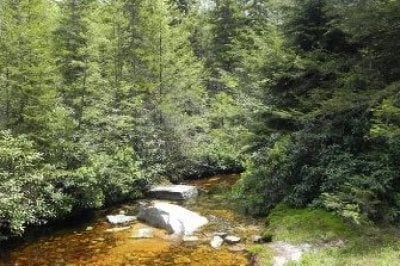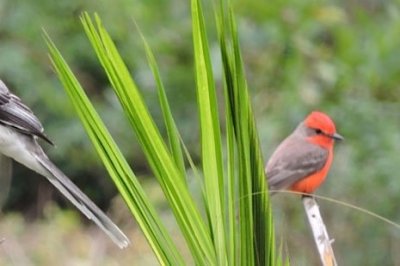Studying how hydrology and glacial retreat affect a Peruvian cattle-farming community. Ecosystem effects of aquatic herbivory by moose and beaver. Modeling tools to help Appalachian landowners maintain healthy landscapes. The many nuances of natural resources, applied ecology, and environmental science compel us to understand forest, rural and urban networks as part of the integrative landscape—and to consider the human context for management and decision-making. Areas of focus include forest, bioenergy, and water resource management, and public involvement. Our faculty also studies individual species, animal-ecosystem interactions, climatological studies, and carbon and water cycling in forests and wetlands.
"Ultimately the decisions rest with land managers because they know their forests best and know what they’re trying to achieve."
Faculty Projects
Collaborative Research: Plant Genotype-Phenotype (G2P) Association Discovery via Integrative Genome-scale Biological Network & Genome-Wide Association Analysis. National Science Foundation. 2015-18. PI: Wei H.
Development and application of EST-SSRs in the endangered species Quercus georgiana. The Morton Arboretum. 2015-2016. PI: Gailing O.
Identification of different ecotypes and centers of adaptive genetic diversity in American chestnut. The American Chestnut Foundation. 2014-2016. PIs: Gailing O, McCarthy B, Nelson D.


